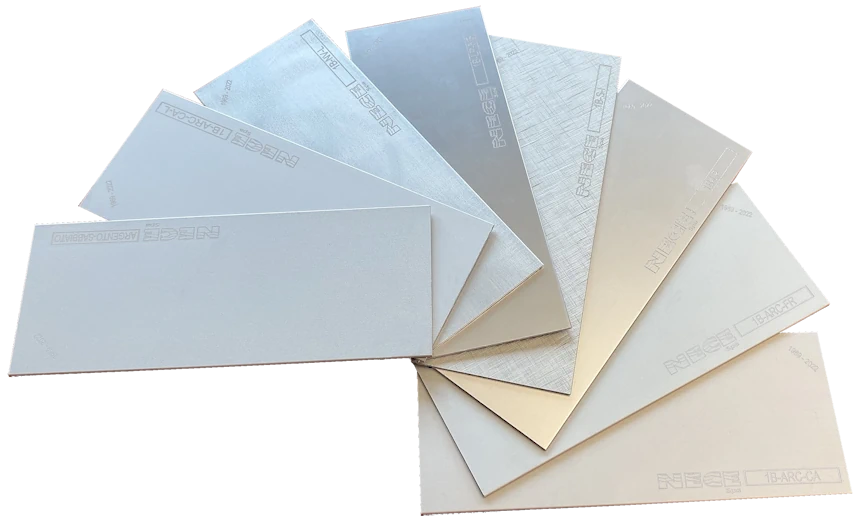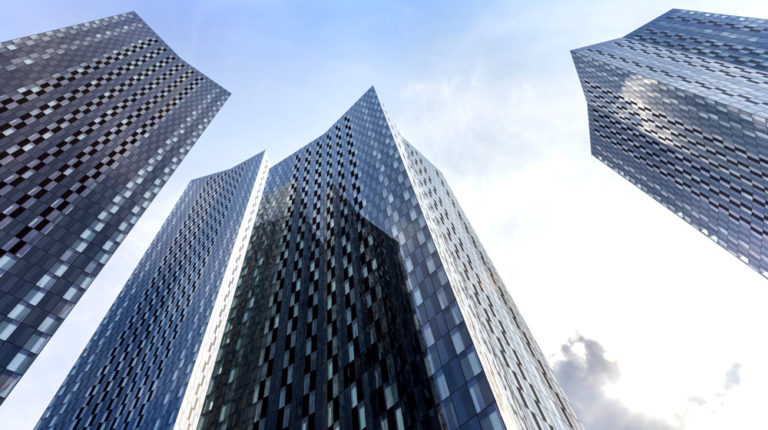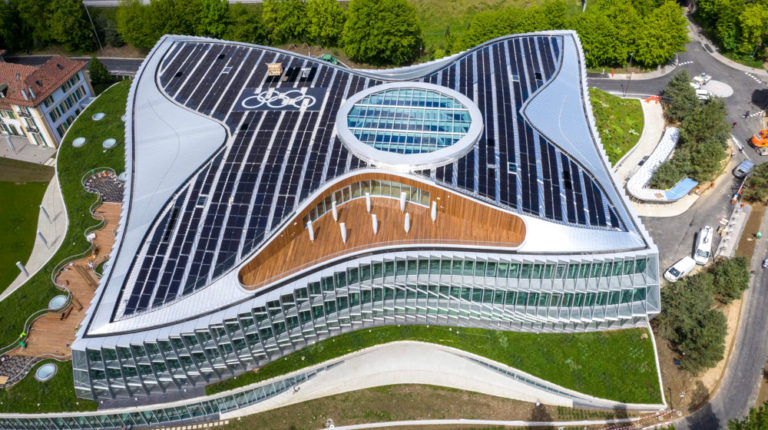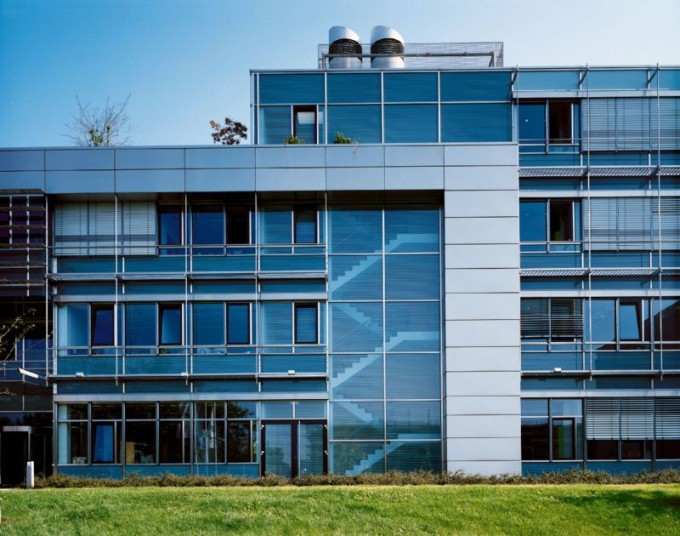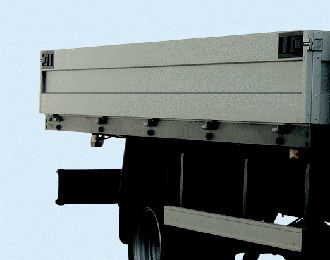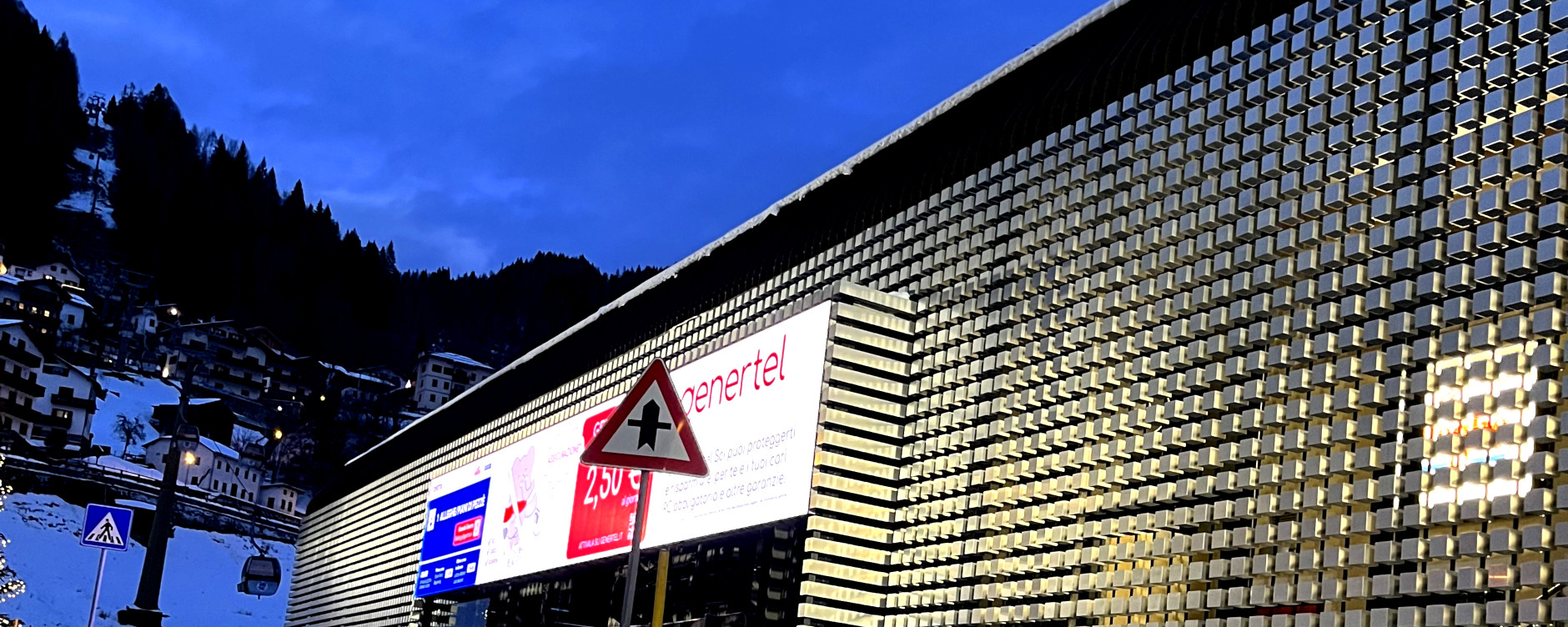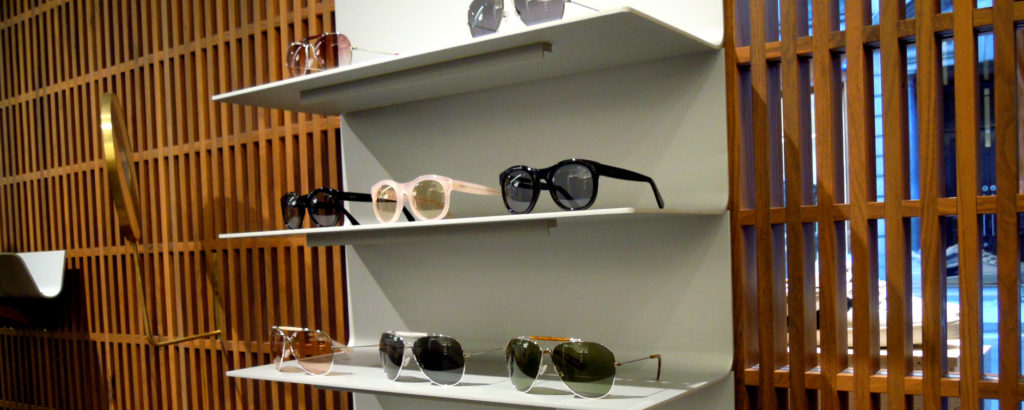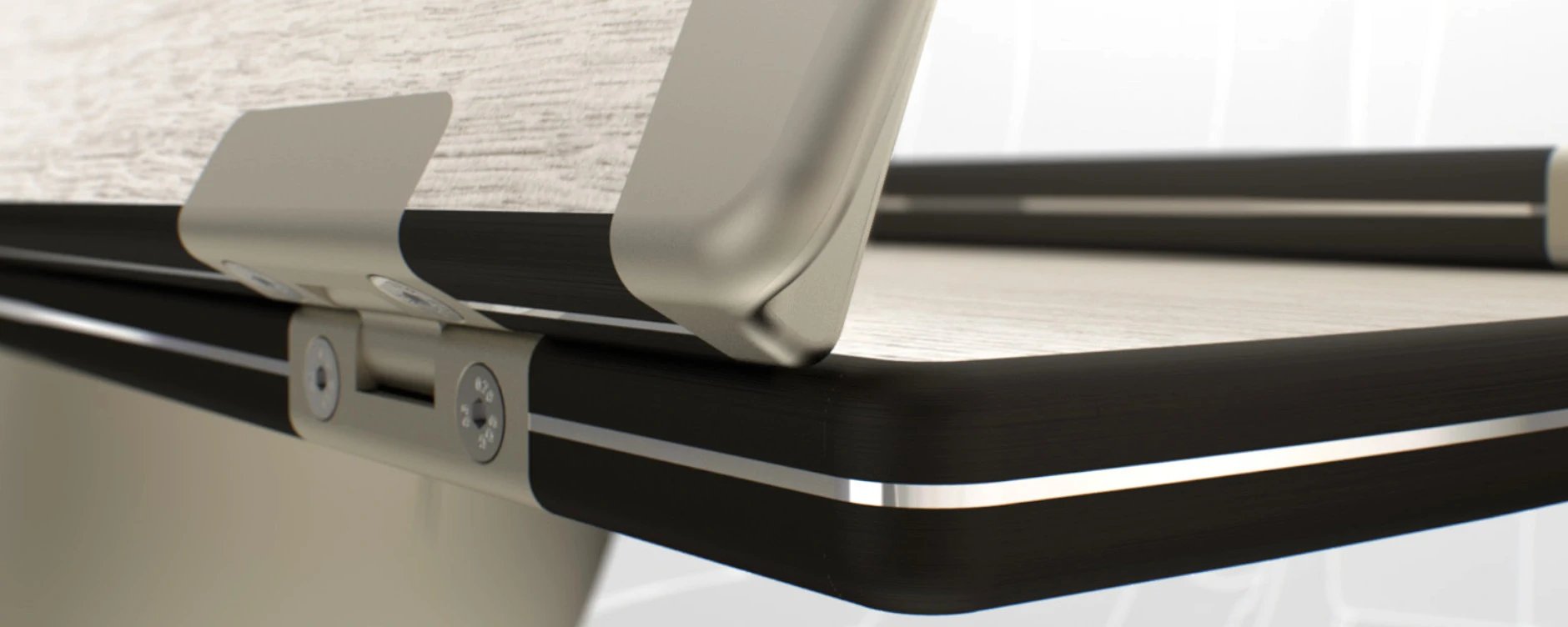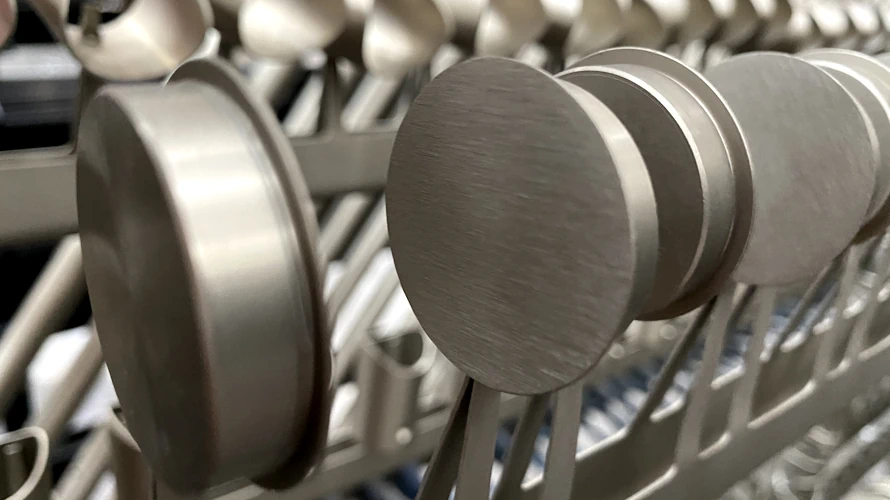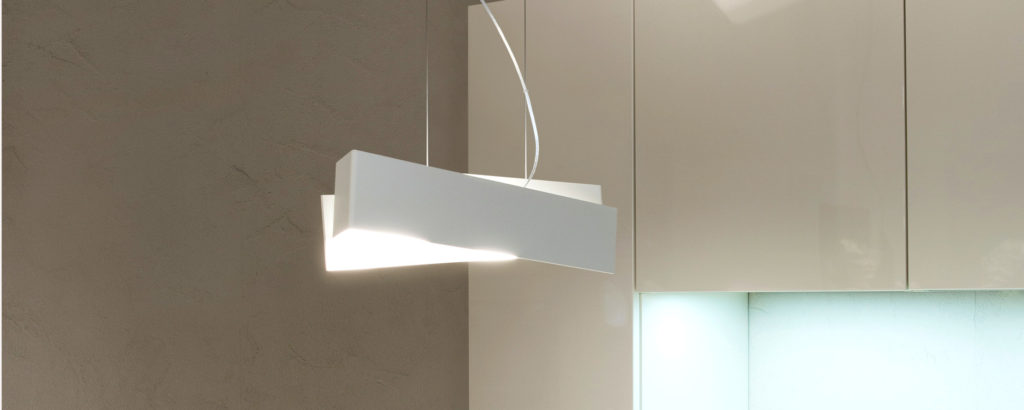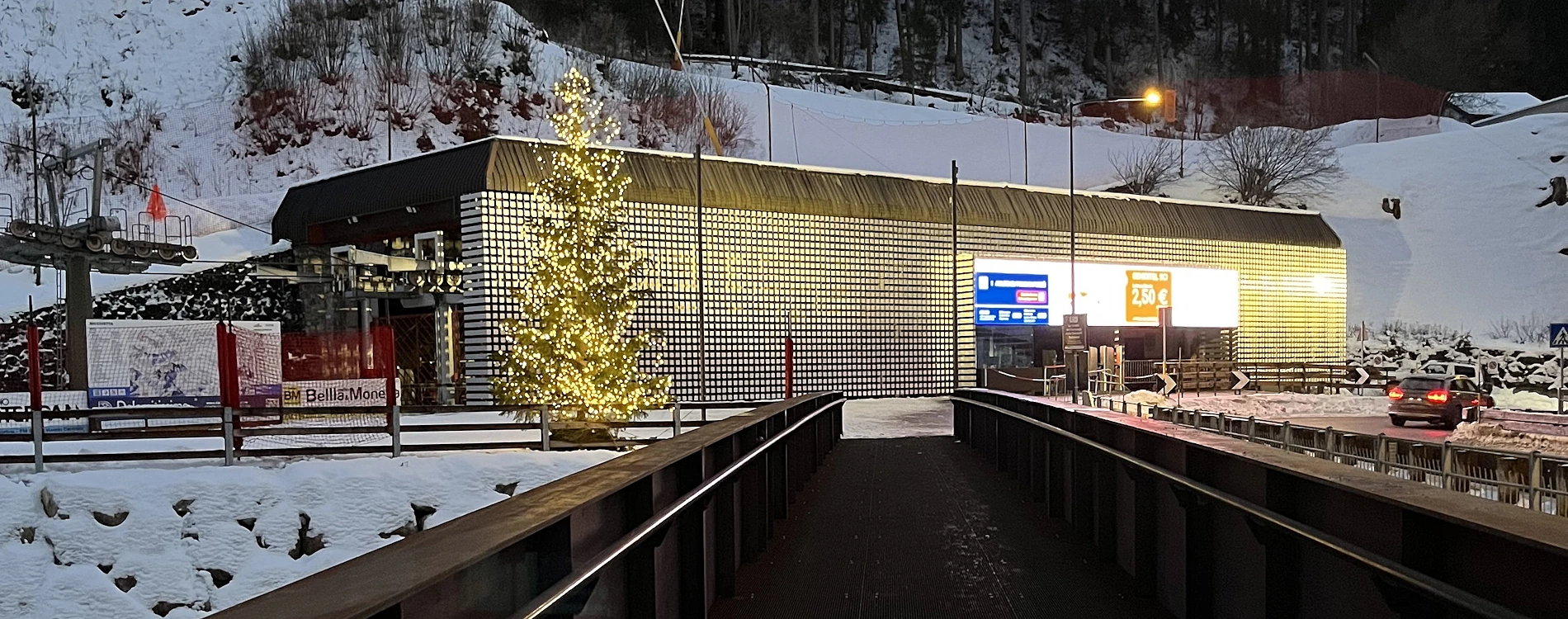
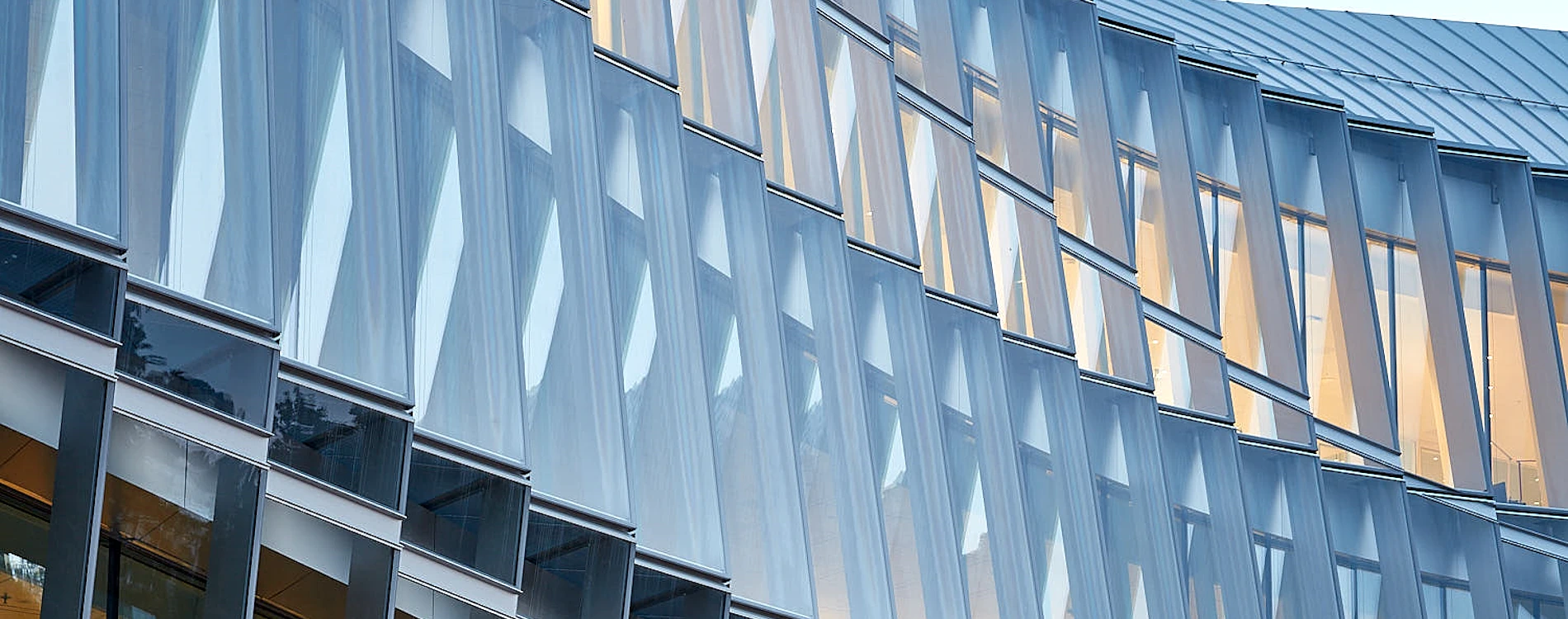
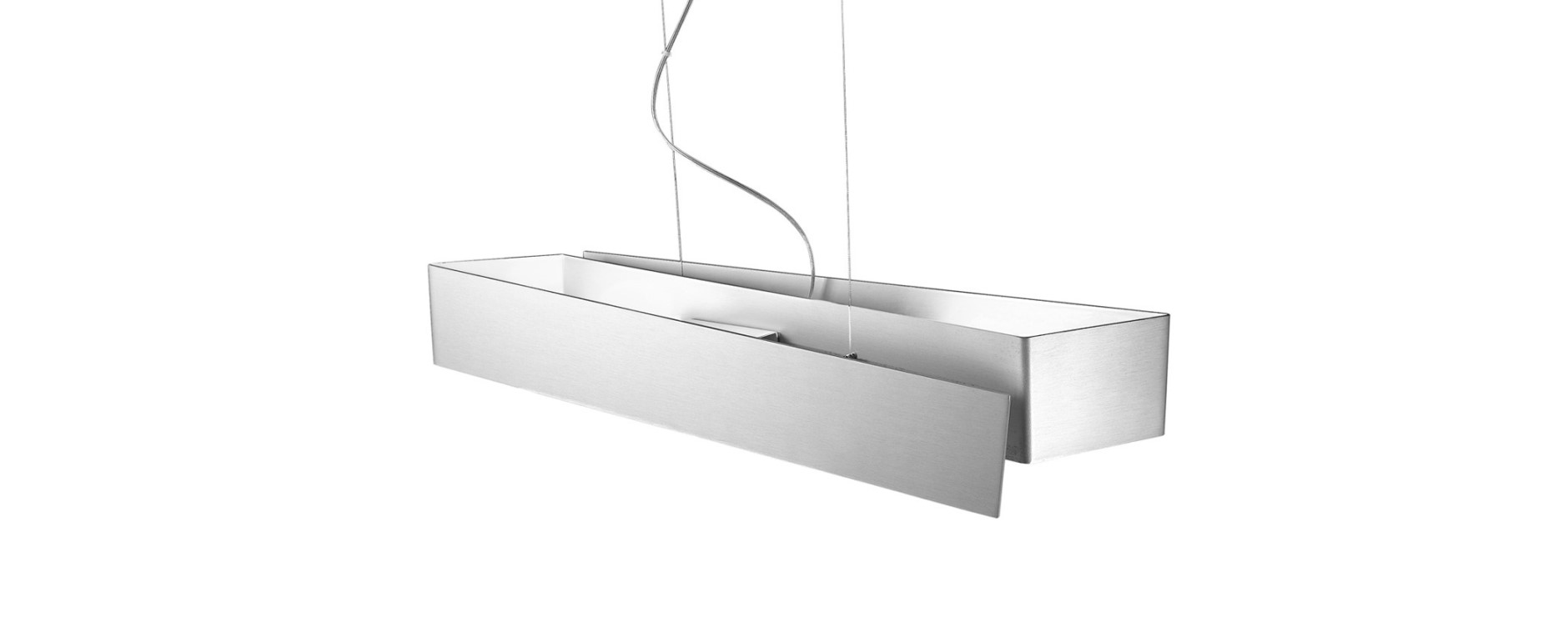

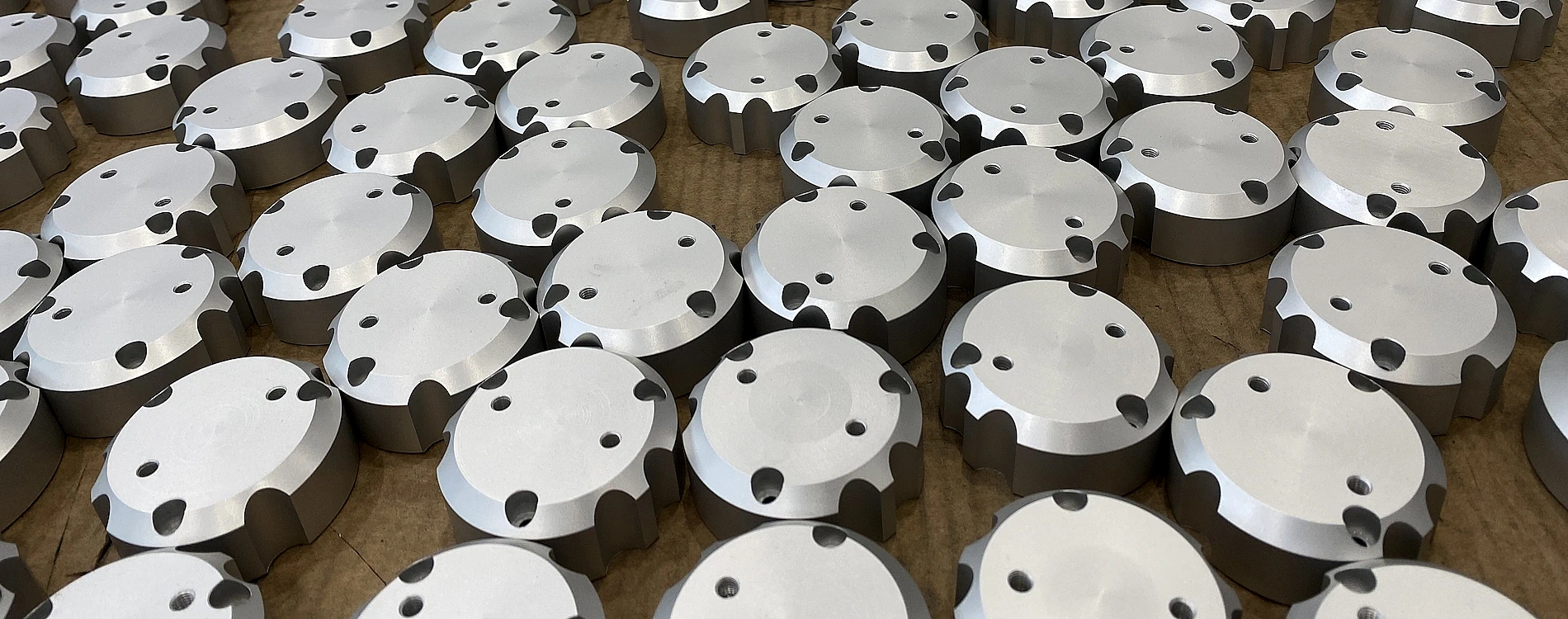


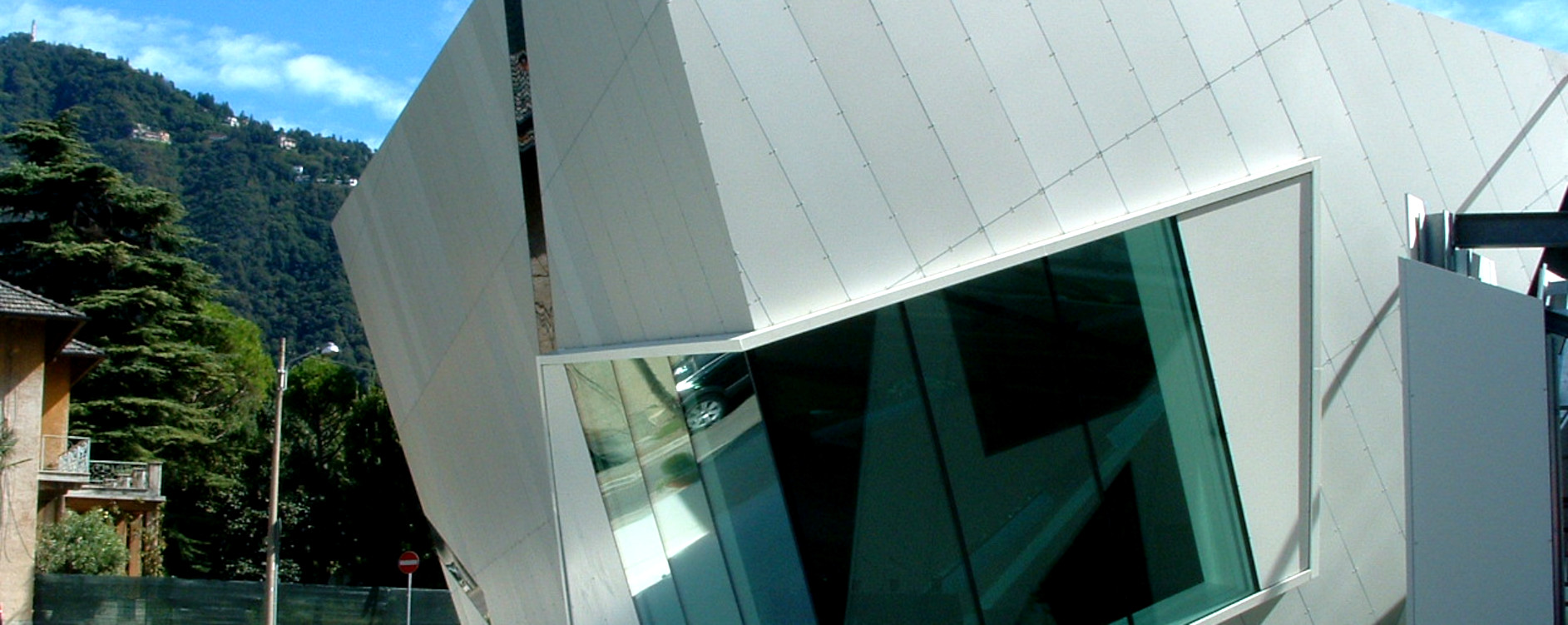
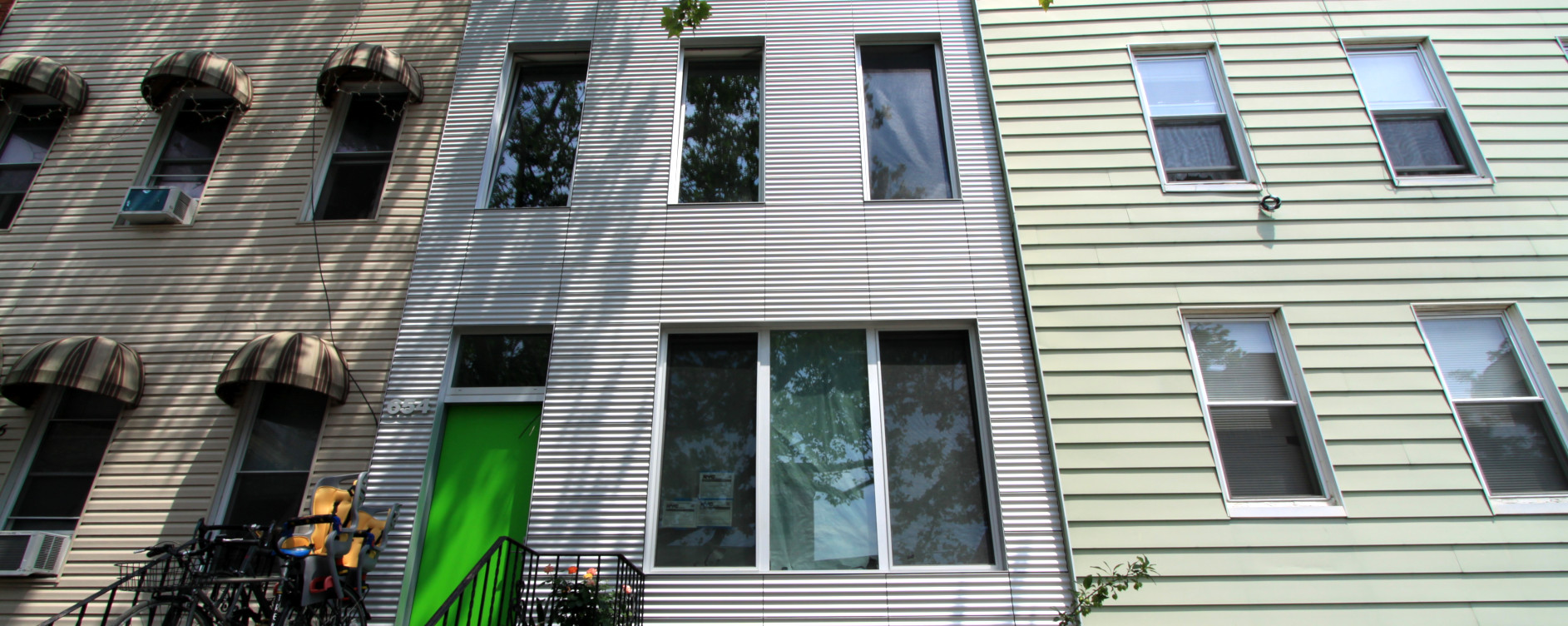
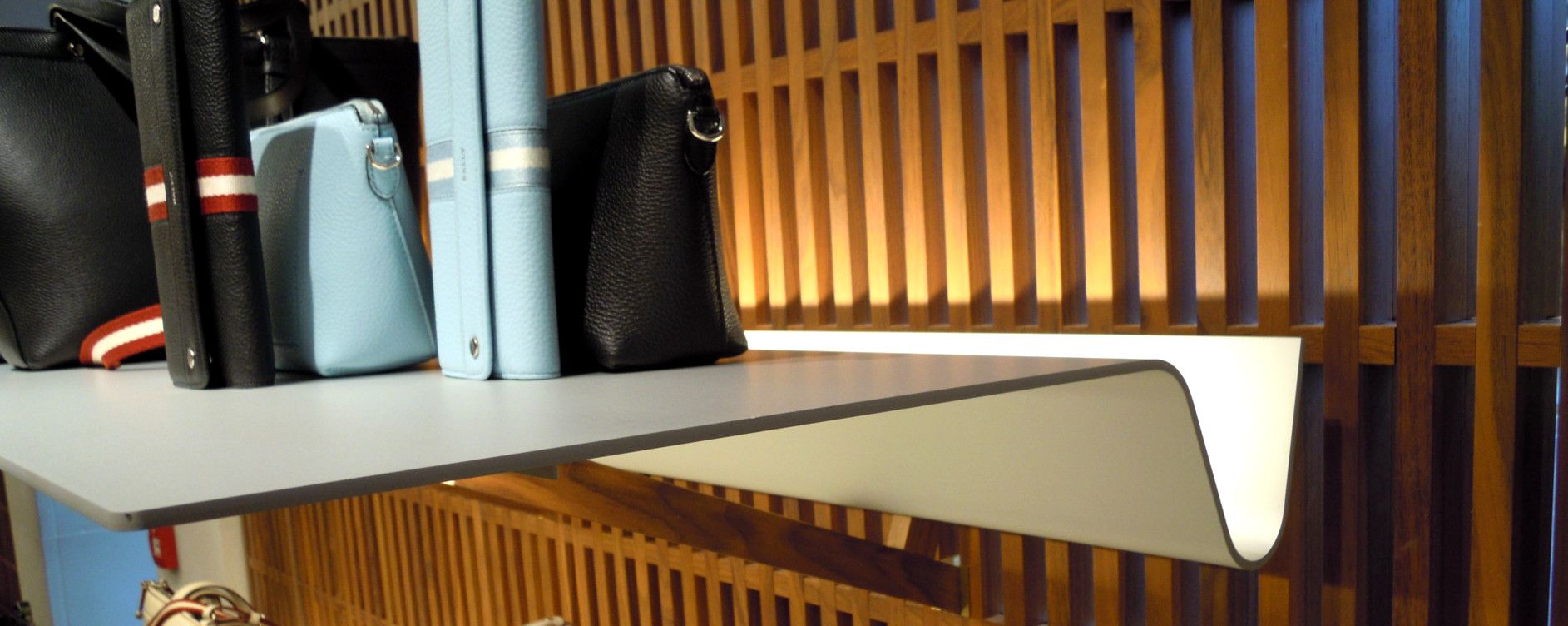

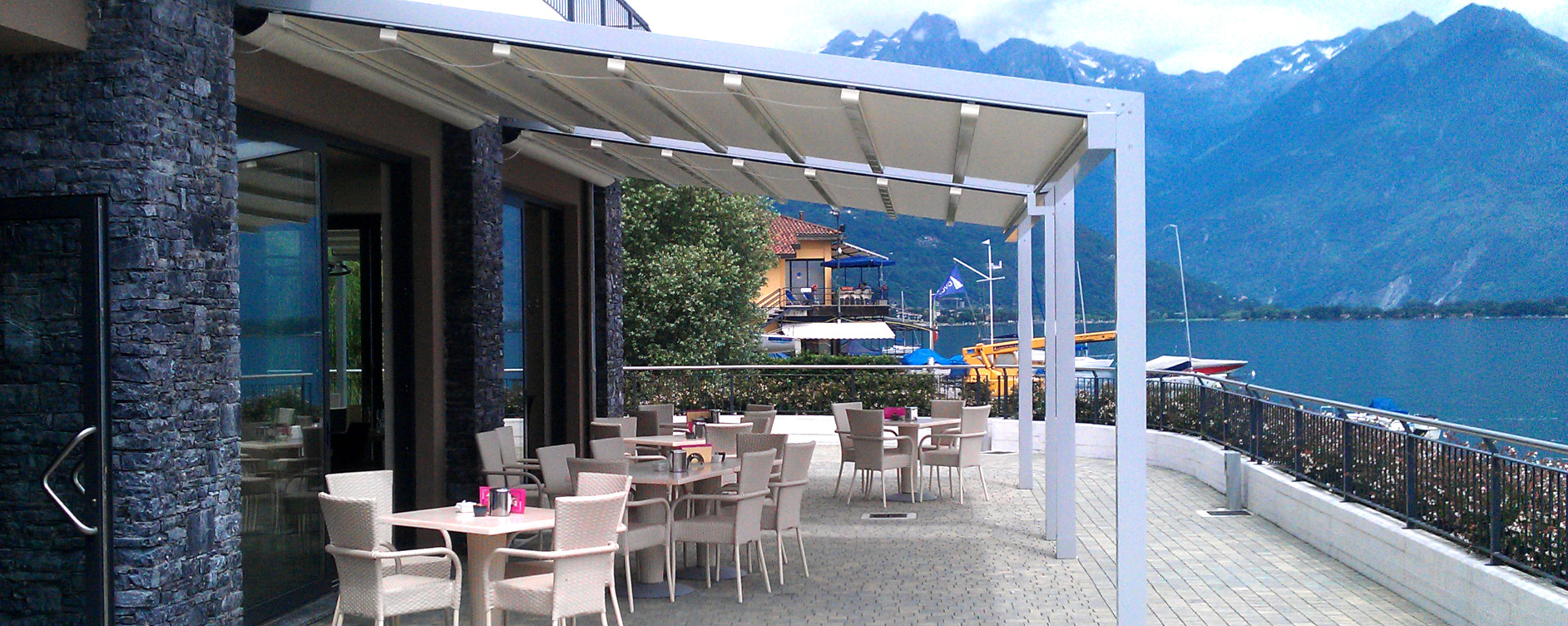
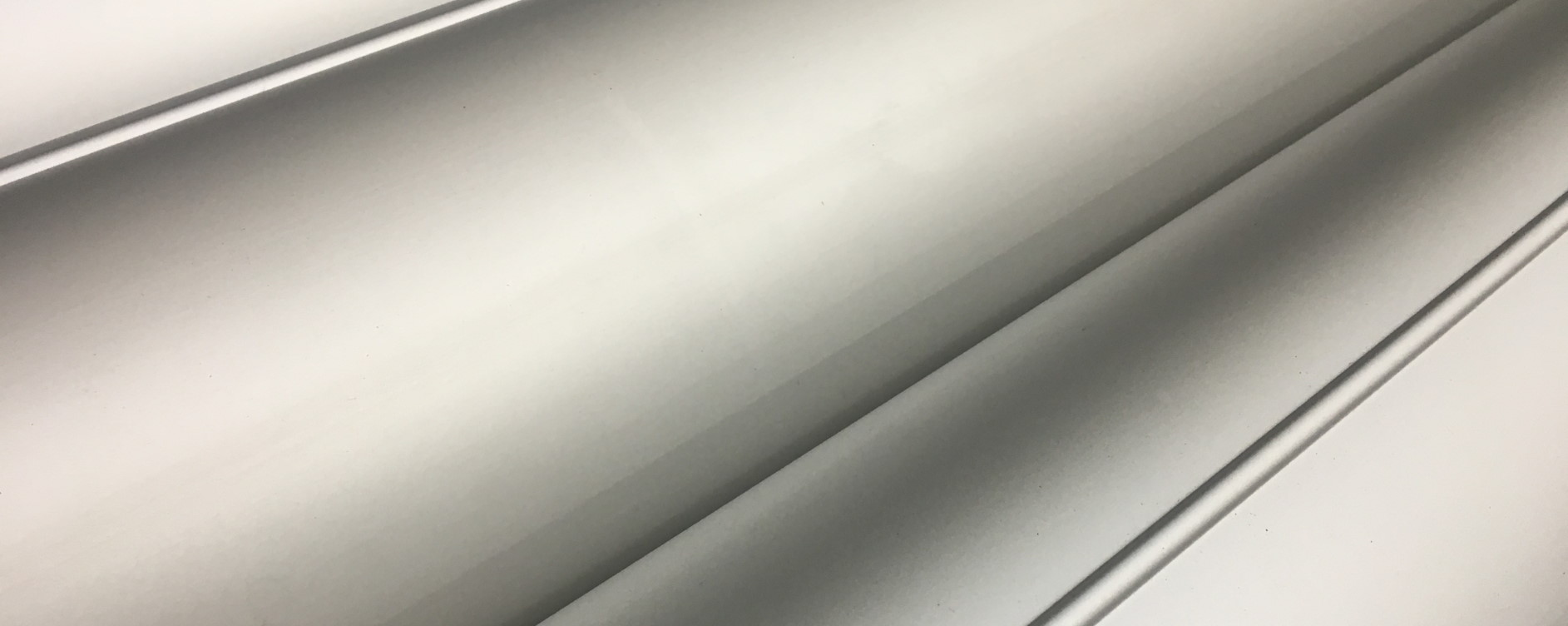
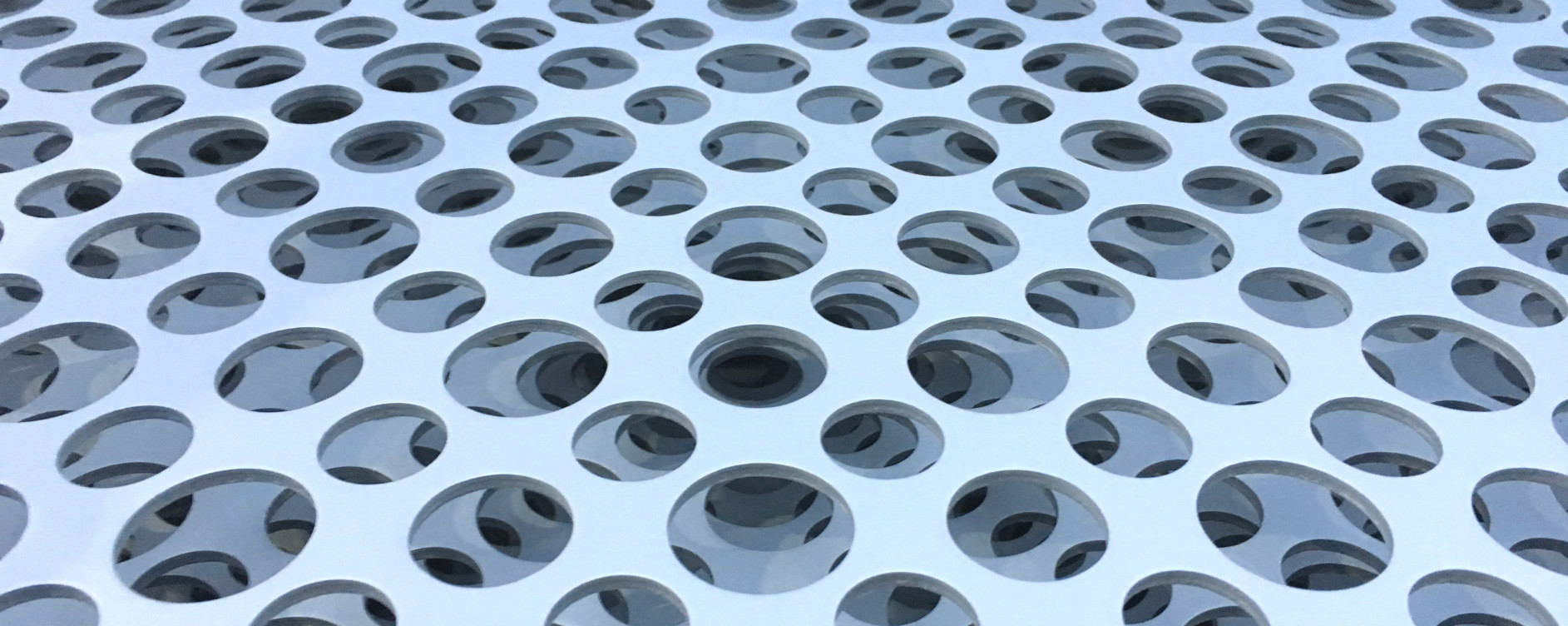
SILVER ANODIZING
code: 1B
Silver anodizing was the first to be invented and is, to this day, the most widespread in all sectors.
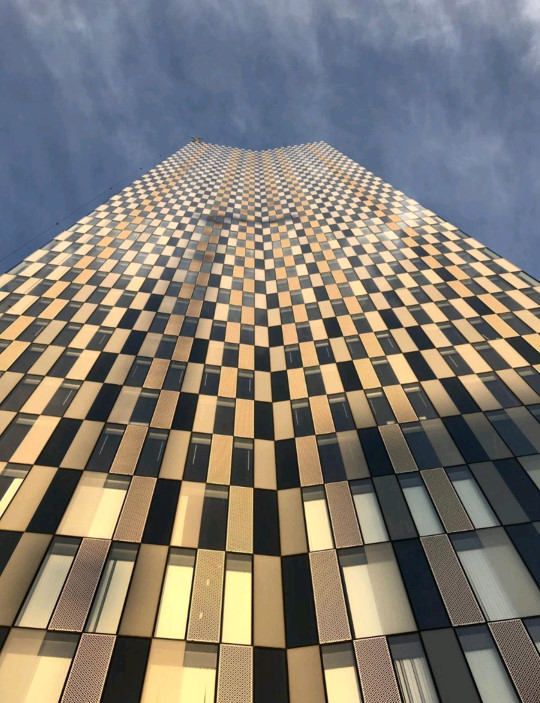
This success, also supported by continuous process evolutions, is due to the fact that:
- the aesthetic result is practically perfect
- results in unalterable over time
- is insensitive to UV rays
- is very resistant to saltiness
- is very resistant to aggressive atmosphere
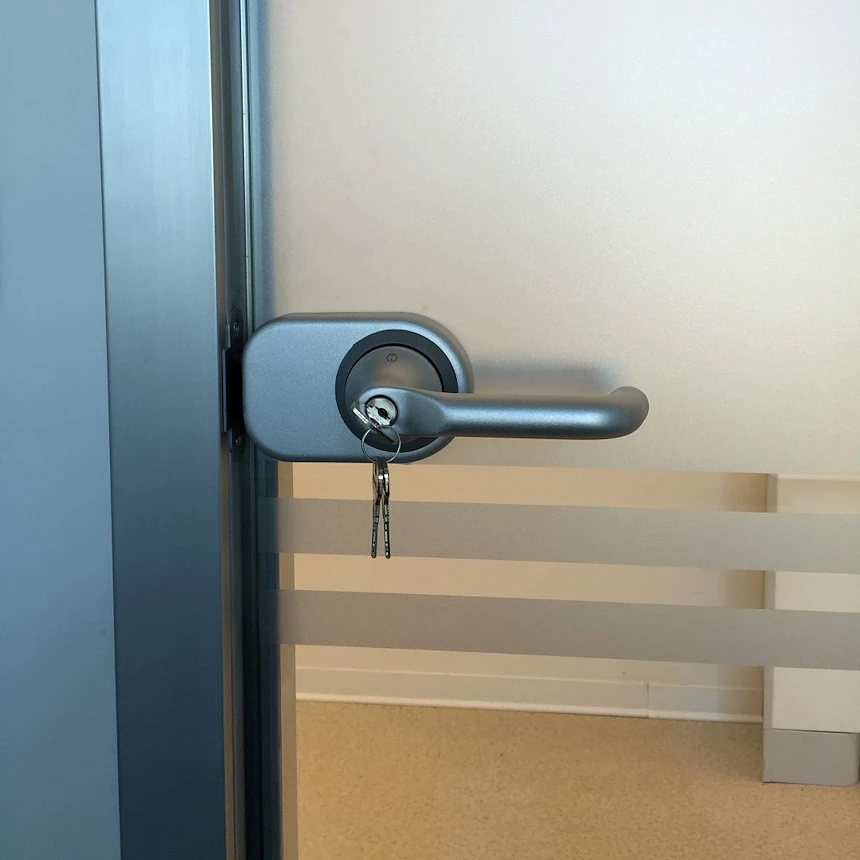
Silver Anodizing is widely used in the following sectors:
- precision mechanics
- structural profiles
- technical profiles
- custom-made profiles
- architectural
- public buildings
- design
- lighting engineering
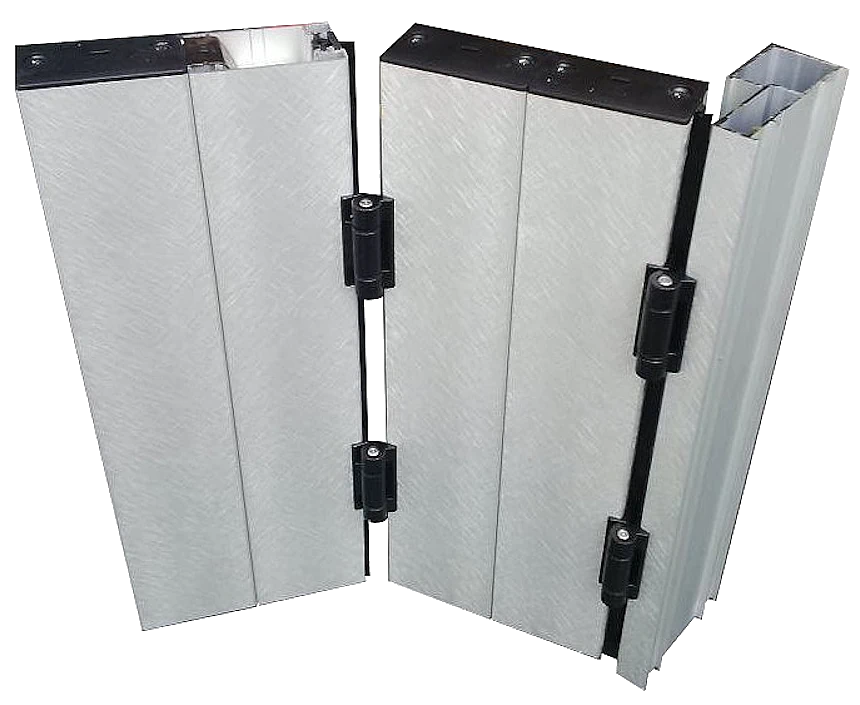
The preparation of the aluminum surface can be mechanical with the finishes:
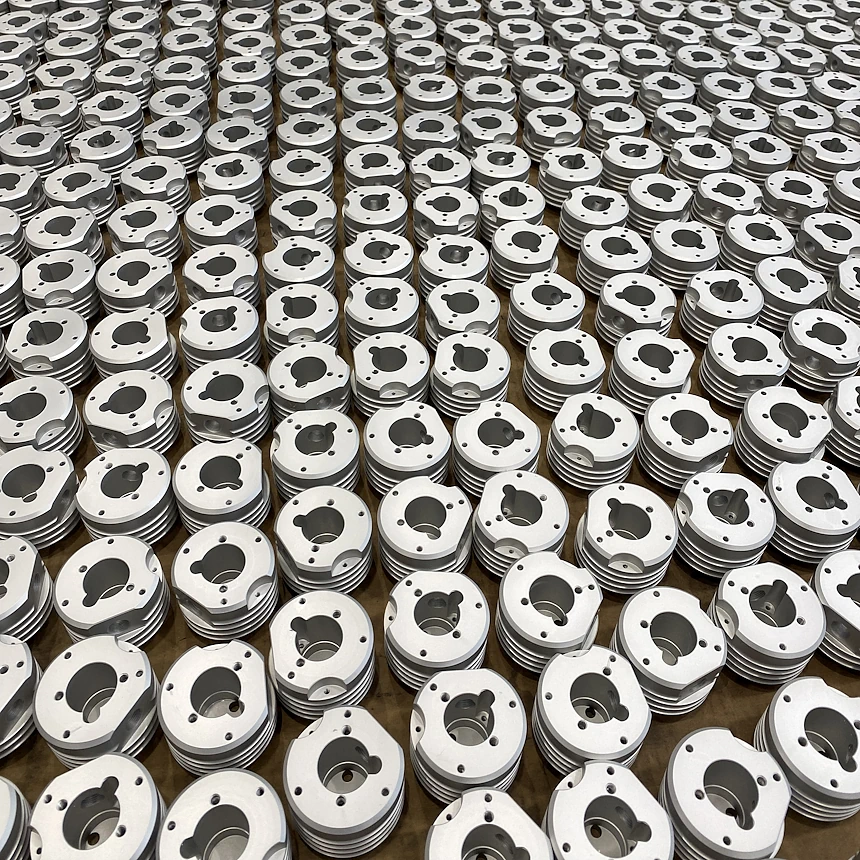
The preparation of the aluminum surface can be chemical with the finishes:
- ARC chemical matting
- ZERO CHIMICO light matting
This Anodizing involves few processing phases as oxidation produces the natural Silver color, without the need for further coloring phases.
NECE offers two fixing options (hydration and pore closure):
- Hot fixing CA
the shade obtained is crystalline white and Nikel-free. - Cold fixing FR
the shade obtained is cold white (tending towards green).
Depending on the application of the anodized product, the oxide layer can be class:
- 5 μm: for interiors without frequent handling
- 10 μm: for interiors
- 15 μm: for externals
- 20 μm: for exposition to aggressive atmosphere
- 25 μm: for exposition to particularly aggressive atmosphere
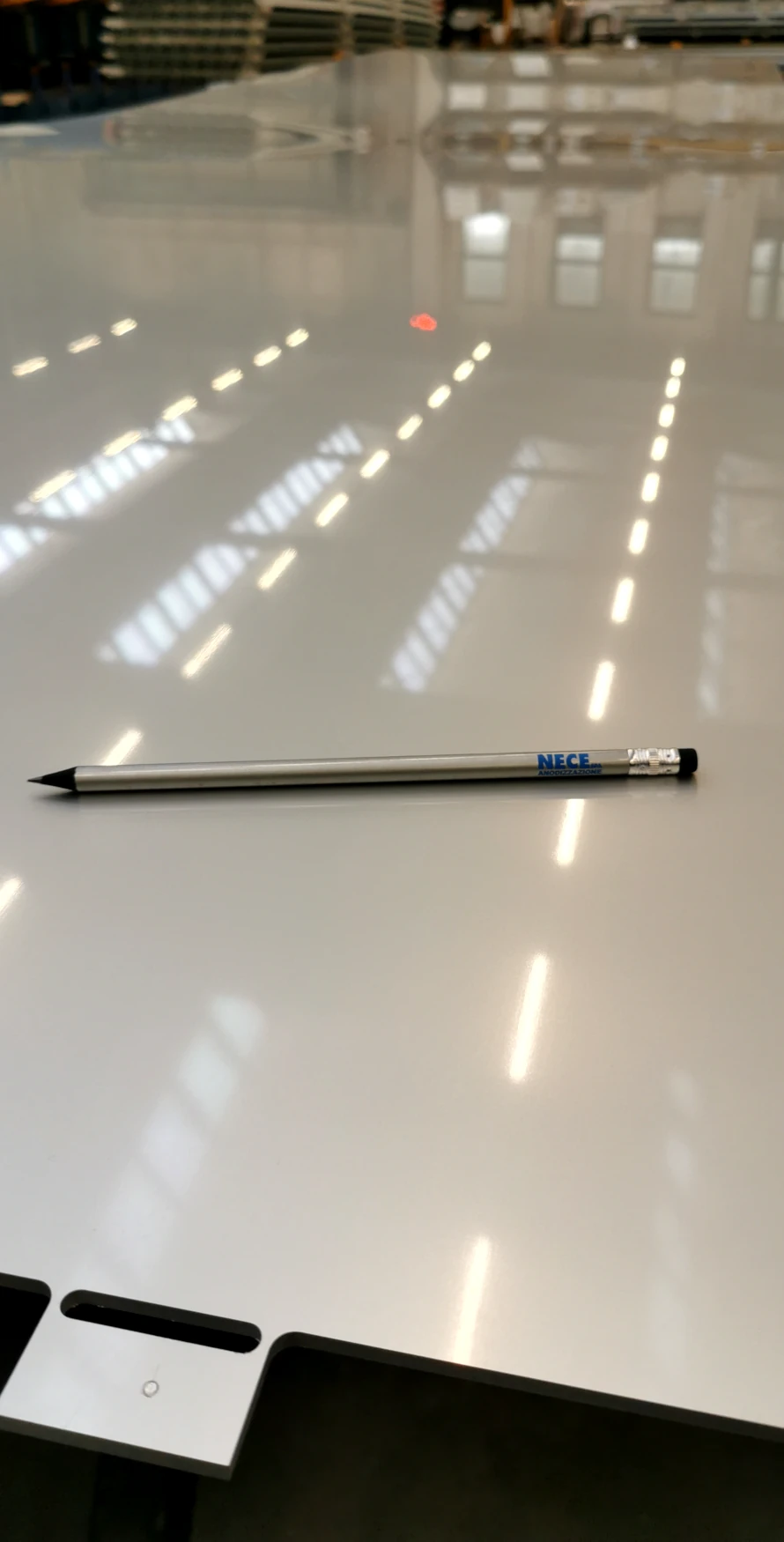
In particular areas of use, Anti-scratch Treatment is added to make the surface abrasion-resistant and water-proof (to make it even easier to clean) as in the case of the interiors of High Speed Trains.
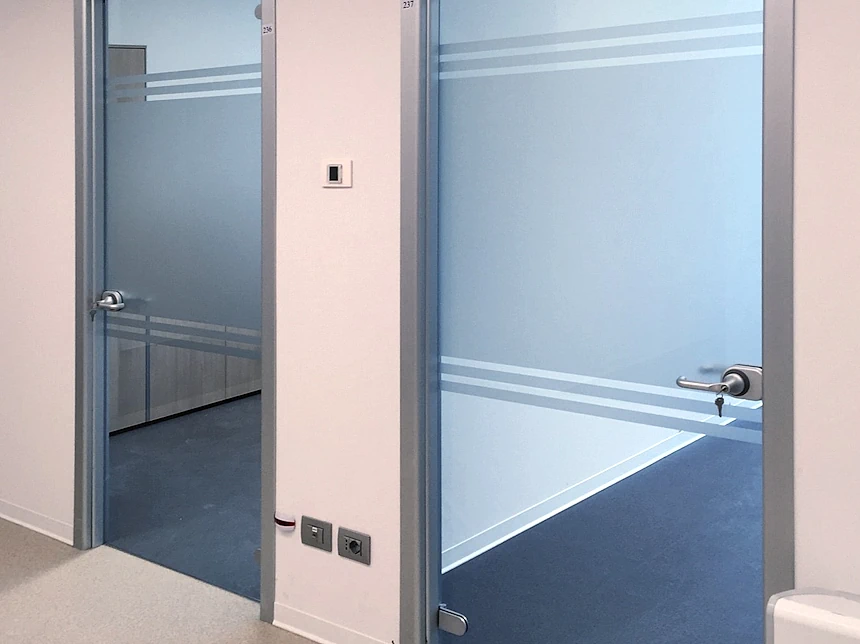
REALIZATIONS
For more information:
SILVER ANODIZING CODES
SIDE A
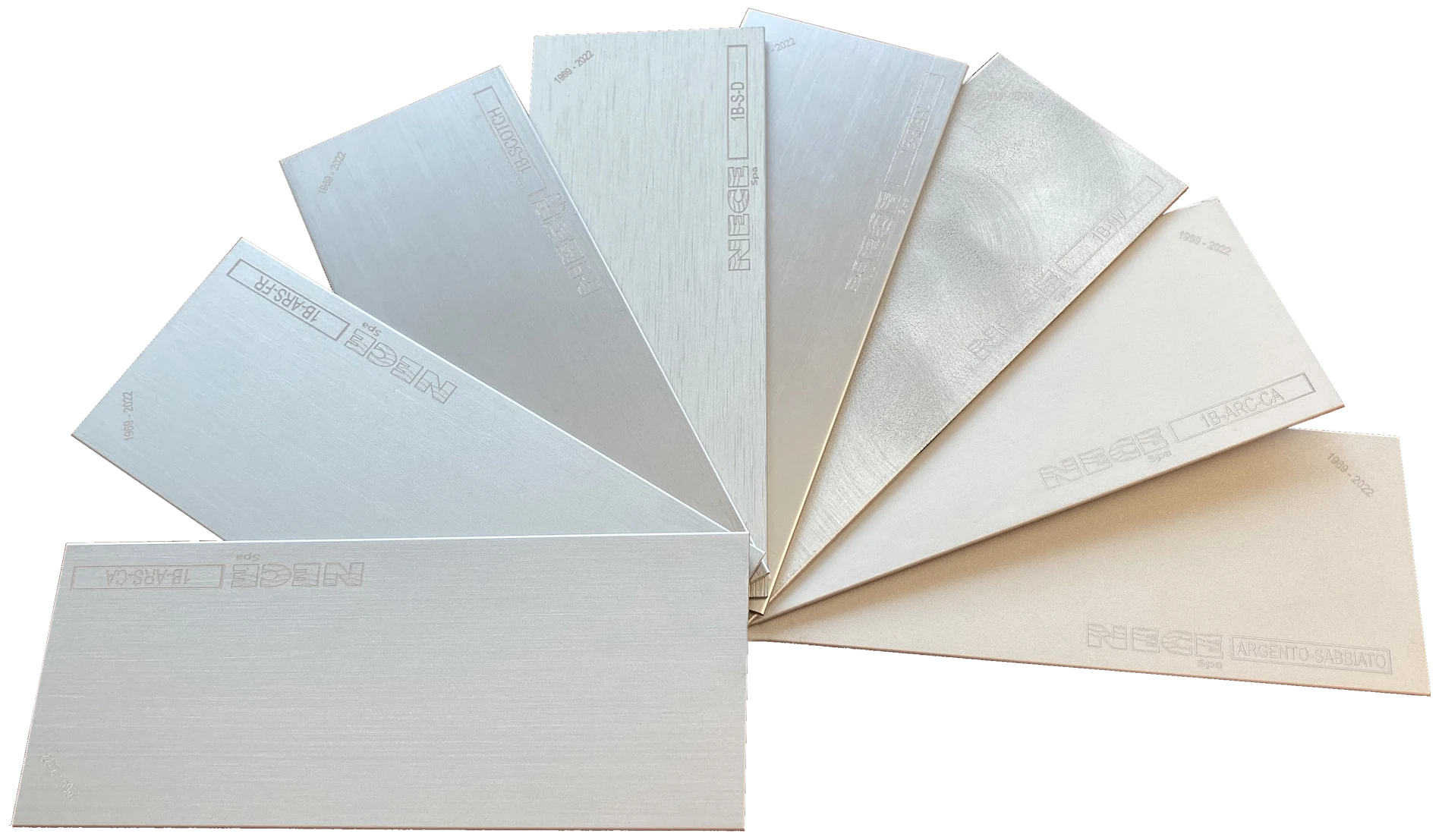
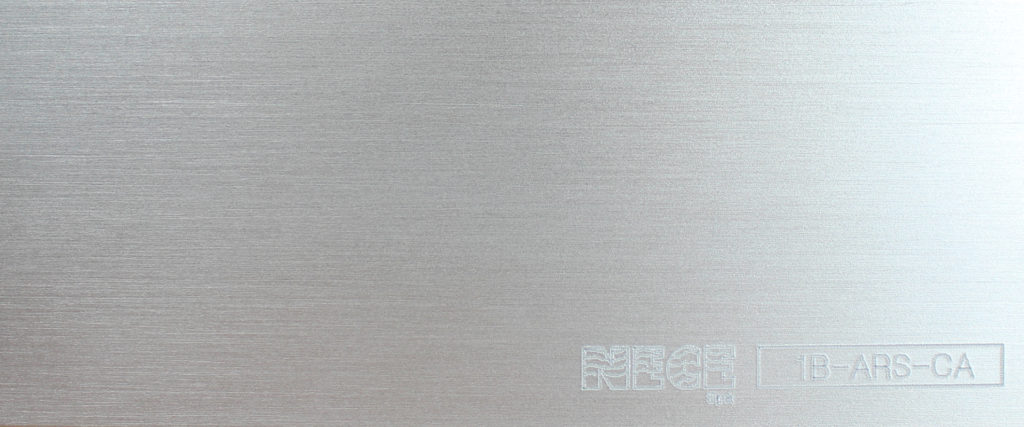
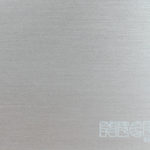
1B-ARS-CA
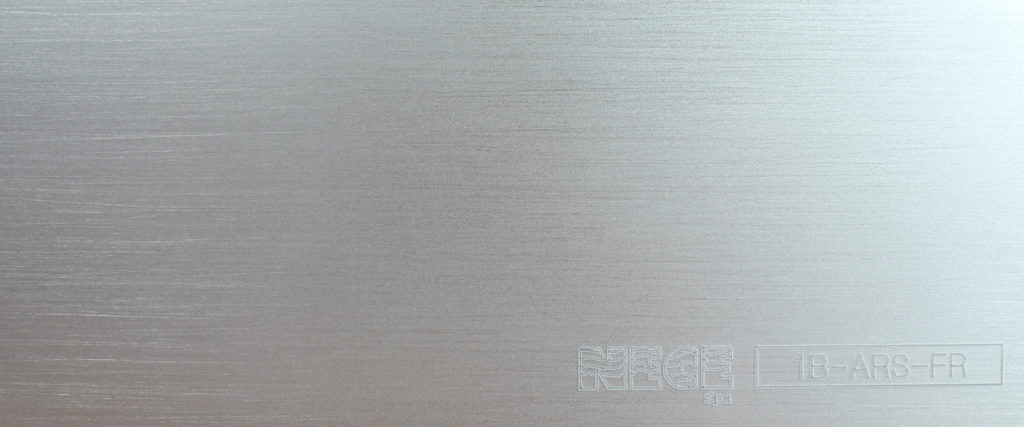
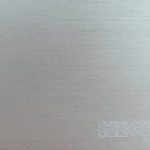
1B-ARS-FR

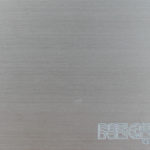
1B-SCOTCH
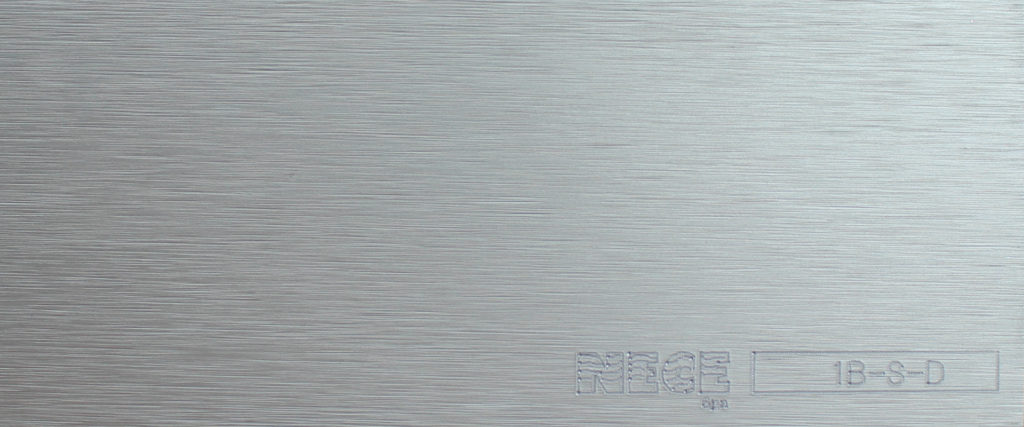
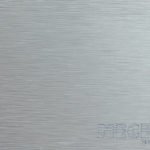
1B-S-D
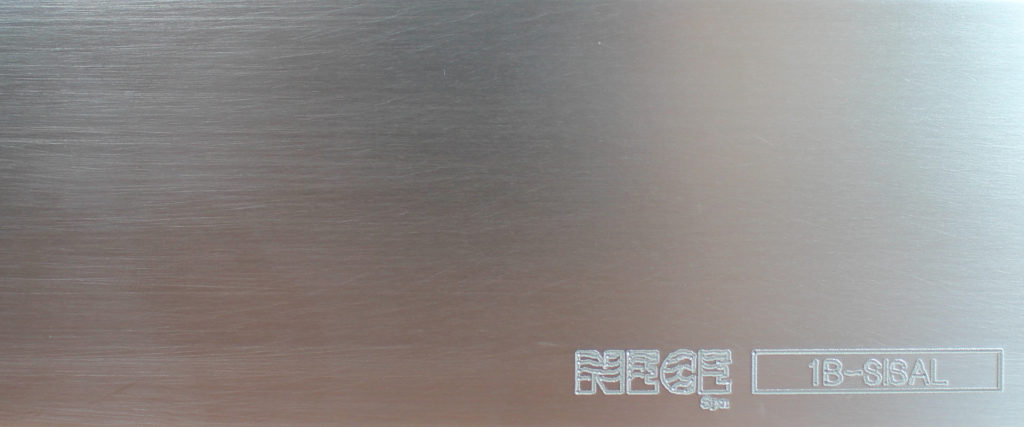

1B-SISAL
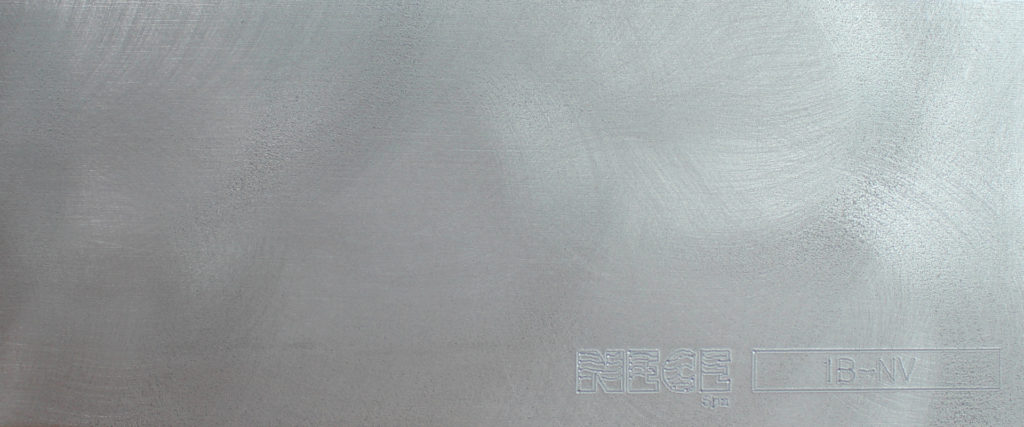

1B-NV
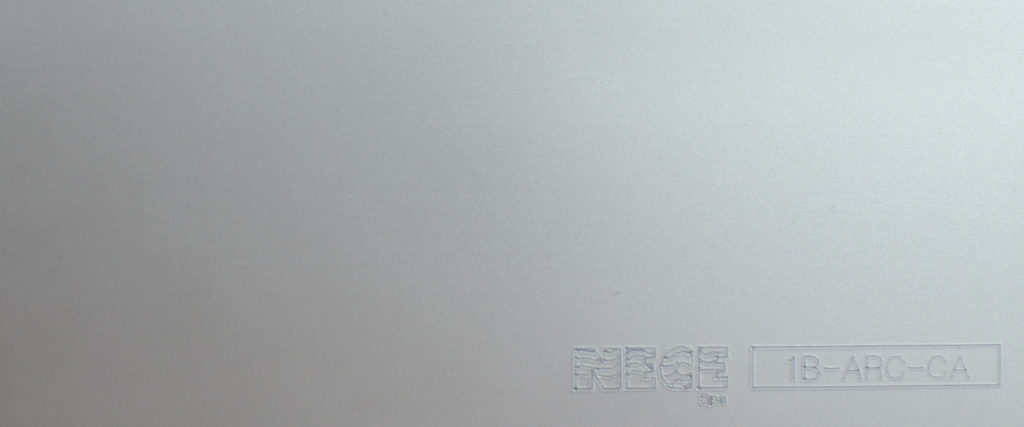

1B-ARC-CA
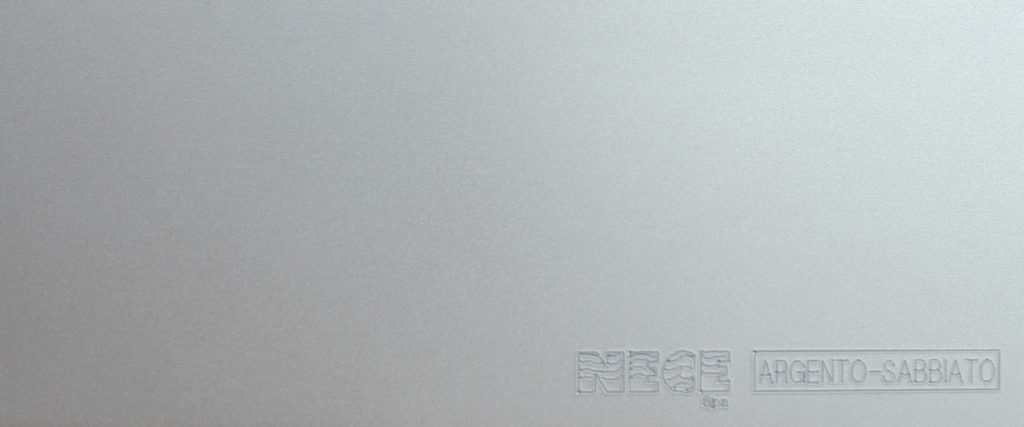

ARGENTO-SABBIATO
side B



ARGENTO-SABBIATO
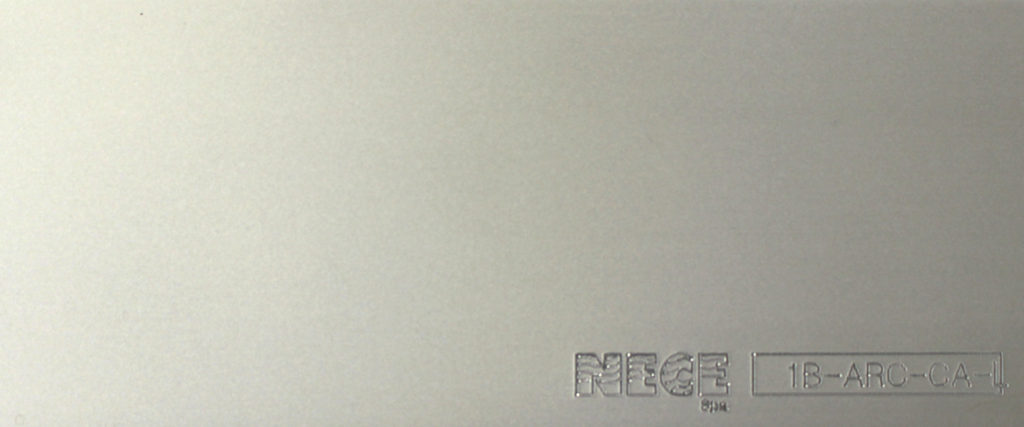
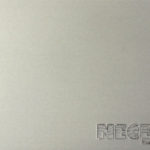
1B-ARC-CA-L
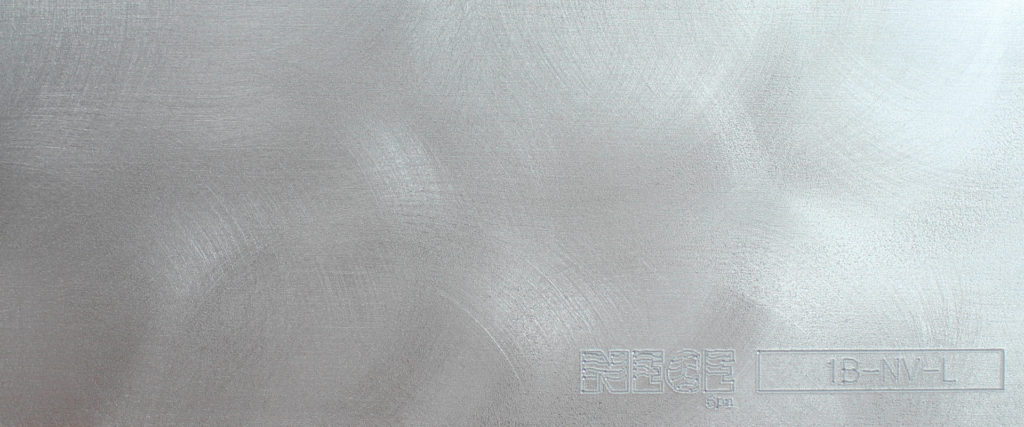

1B-NV-L
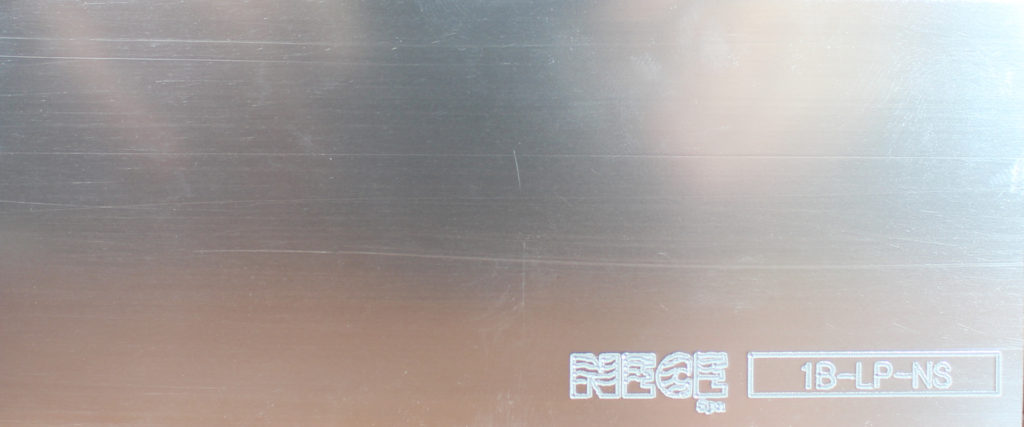

1B-LP-NS


1B-S-I
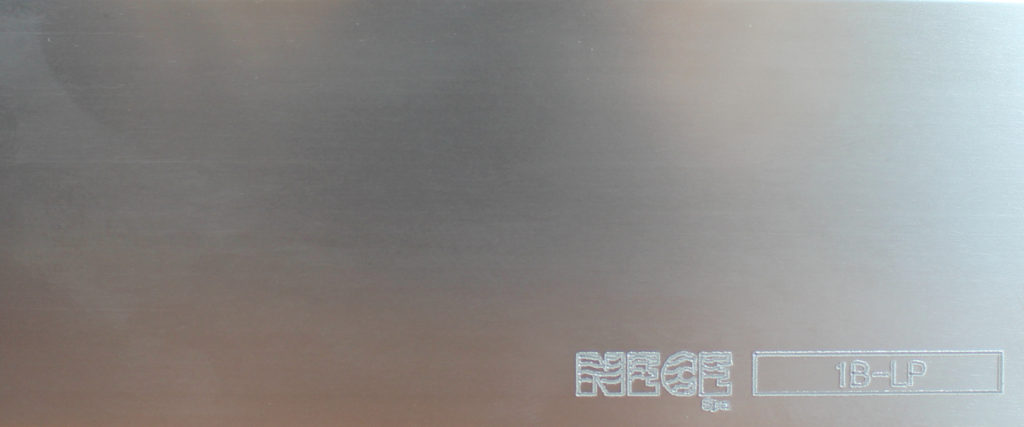

1B-LP
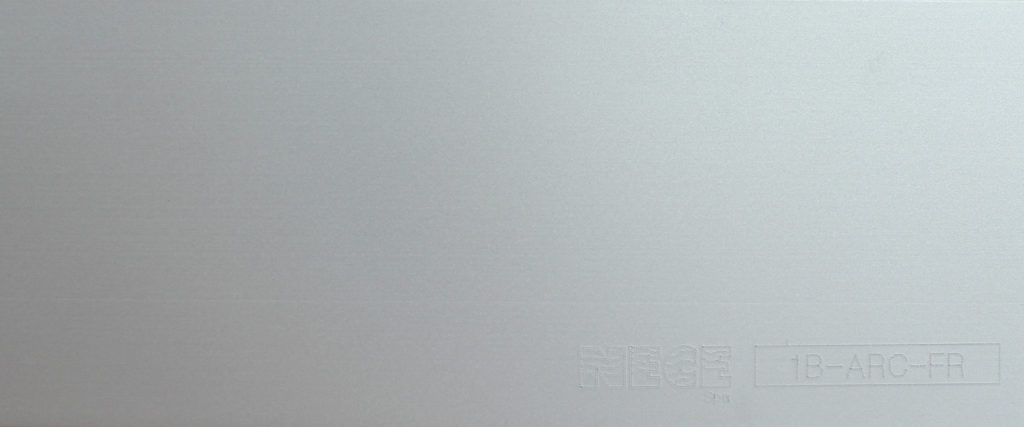

1B-SARC-FR
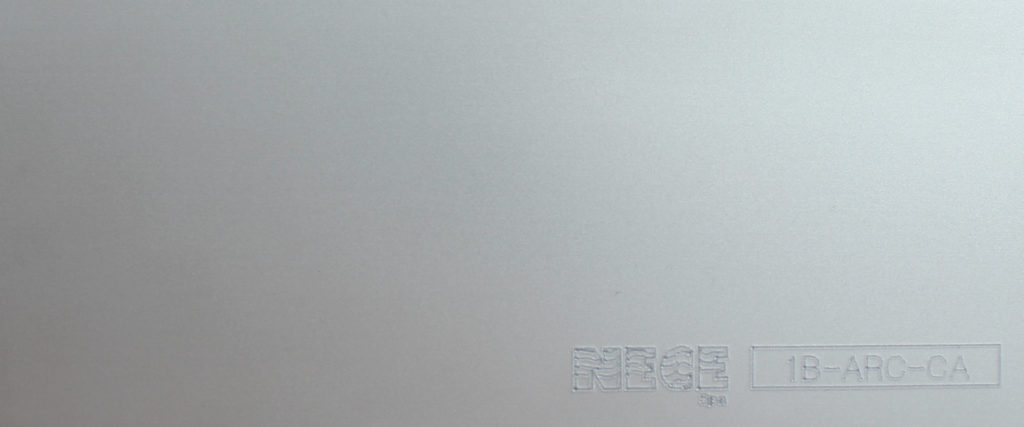

1B-ARC-CA
- The finishes are made on industrial plants and comply with European standards relating to anodic oxidation processes on aluminum profiles.
- The colors and their shades in this samples are purely indicative.
- We do not accept disputes on cut, processed and assembled materials. The customer is required to check the materials before processing.
- The customer is required to ask for confirmation on codes and colors. NECE reserves the right to vary the finishes and colors without prior notice.
- Mechanical factors, which are not completely controllable by the process and oxidation, such as the type of profile, its heat treatment, the composition of the alloy, the finish and its chemical reactivity, influence the color.

